Welcome to Tools To Move
Prepare for relocation
Make the most of each assignment
About Tools To Move
Tools To Move (TTM) is an initiative and product of the World Bank Group Family Network (WBG Family Network). It is part of our ongoing work of being a helping hand to WBG families, and of our dynamic dialogue with our members on their relocation experiences.
We hope that you will find something in the toolkits for you, whether you are WBG staff, a consultant or a family member. There is a special focus on the experience of the accompanying partner. While the majority of accompanying partners are still women, the number of male accompanying partners is growing. In addition, WBG families are increasingly diverse, with a wider range of relocation experience.
The toolkits are designed to help you understand and prepare for relocation and become better equipped to make the most of each assignment
Why Tools To Move?
Whether this is your first relocation, or you have moved multiple times, moving is never easy. If you are moving for the first time you may be both excited and scared, as this is a completely new experience. If you are a veteran mover, you can almost anticipate the changes and, at the same time, you know there will be experiences and reactions that you never anticipated.
Change makes us all uncomfortable. It is a question of degree not exception, as the brain does not like uncertainty. This is where TTM steps in, to help you navigate the international relocation experience.
The toolkits follow the logic of the transition process as outlined by American sociologist David Pollock, who conducted the early, groundbreaking, research on Third Culture Kids (TCKs). He defined five stages of the relocation transition process:
- Involved—Life is ‘normal’, we feel settled where we are. Our time orientation is the present.
- Leaving—We learn change is coming, and we begin to ‘pull away.’ Our time orientation is the future.
- Transit—The in-between stage. We have left, but not fully arrived. Paradoxical time orientation. We are mourning for the past, anticipating the new.
- Entry—We are ready to move towards the future, but still have some ambivalence. Our time orientation is becoming the present
- Re-involvement—Life is again ‘normal,’ we feel settled once more. Our time orientation is the present.
This process of transition occurs every time we move. The toolkits are as relevant when facing repatriation and retirement as when moving to another country for the first time. Material is also included to help with sudden and involuntary relocation, such as in crisis situations.
How will this help you?
The gift of TTM is that it helps draw attention to what you may be experiencing in the moment. It makes the implicit explicit. In working through each toolkit you may come to understand why you are reacting in a certain way, or why one child is settling so well into school and another is struggling.
Most important of all, each toolkit has strategies and tips for you to consider acting on, to see a difference. We can only experience progress if we start doing things differently. We hope that you will be encouraged to give the strategies and tips a try.
What are the Toolkits?
Each toolkit is made up of 4 sections:
- Member Stories: two short, anonymous, stories sharing experiences of Family Network members;
- Thinking: exploring aspects of the relocation experience;
- Strategies and Tips: suggestions for you to try out;
- Delving Deeper: Additional exercises or tools, for deeper understanding.
Toolkit 1 Preparation
will help you prepare well for your departure
Toolkit 2 Transition
focuses on to how to manage your transition and adapt to your new country
Toolkit 3 Families
explores family culture shock and children living internationally
Toolkit 4 Thriving
discusses making the most of your assignment, including accompanying partner employment
Toolkit 5 Re‑entry
looks at returning “home”, as well as involuntary moves and sudden relocations
The More Resources section has suggestions of books, websites, blogs and other resources. The lists are by no means exhaustive, but will get you started on your own research. There is also a Stories section which has additional stories from members, most of which have already been published in the WBG Family Network website.
Who created Tools To Move?
This revised and updated version of TTM builds on the strong foundation laid in 2005, in a website created by four WBG Family Network members: Ki Harley Roberts, psychotherapist; Yvonne Quahe, global mobility specialist, coach and book author; Nancy LeBaron, who had over 20 years of relocation experience; and Gilda Dadush, website designer.
The new version retains the original insights and incorporates new research and resources, as well as lived experience of many WBG Family Network members over the years. In creating this version we have aimed at a less academic, more reader friendly style, as if you have come into our WBG Family Network office for a chat.
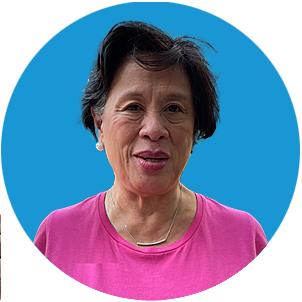
Research | Writing | Editing
Yvonne Quahe
Global Mobility Specialist Coach and Book Author
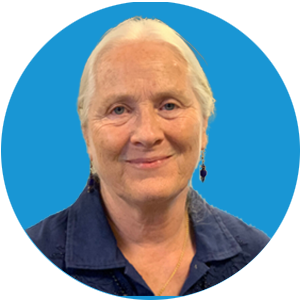
Research | Writing | Editing
Beverly Brar
Editor ex UN Official and Relocation Veteran
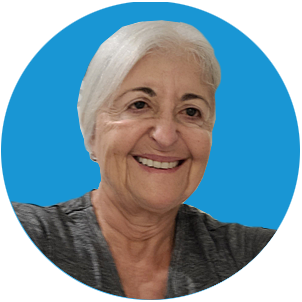
Website Design | Visuals
Gilda Dadush
Website Designer
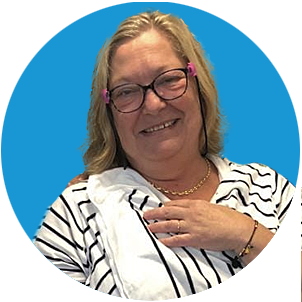
Coordinator| Resources
Catherine Mathieu
WBGFN Coordinator
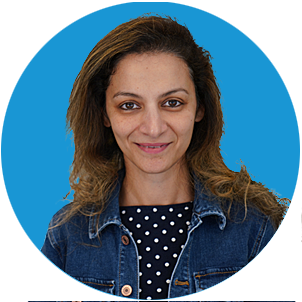
Videos Editing | Production
Shalu Advani
Communication Expert

Videos Editing | Production
Carla de Souza
Communication Expert
Numerous other Family Network members have shared their experiences, stories and tips to enrich the toolkits.
While they are too many to mention, special thanks are due to Patricia Myers, for her input and advice, and to Regional Champions, Scott Cowcher and Laurent Cinot.
We are deeply grateful to The Family Network’s special friend, Ruth Van Reken, renowned expert on international living and Third Culture Kids, for her generous contribution of insights and text on hidden losses. These are acknowledged in the relevant toolkits.
